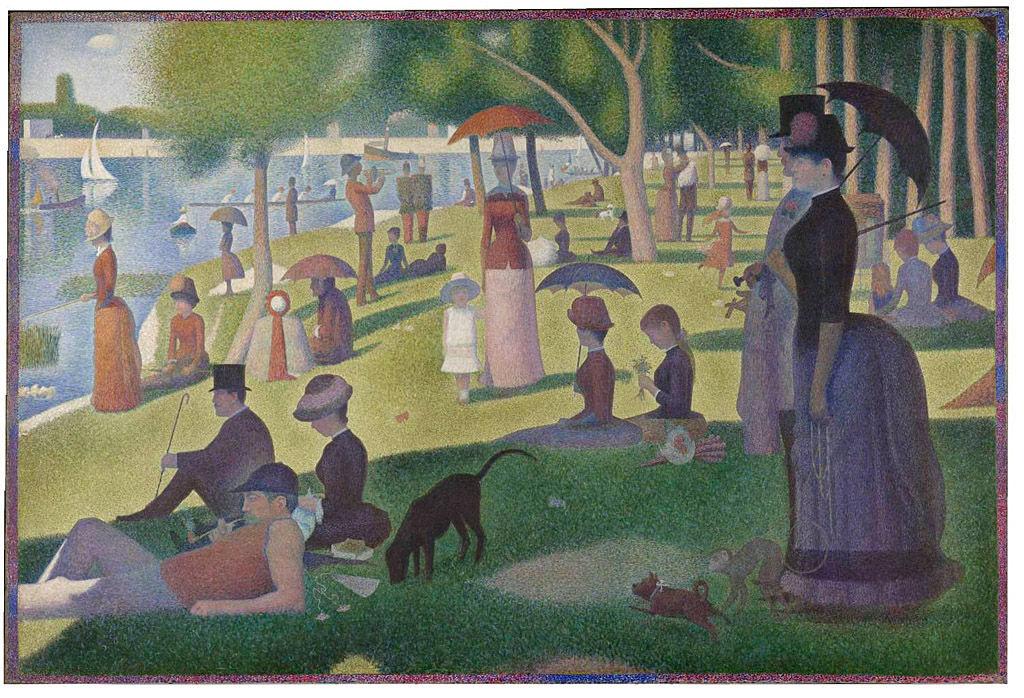 The Joan Miró Foundation is publishing the for the first time over 1,000 letters and postcards written by artist Joan Miró to a wide variety of correspondents over the course of his life.
The Joan Miró Foundation is publishing the for the first time over 1,000 letters and postcards written by artist Joan Miró to a wide variety of correspondents over the course of his life.
Joan Miró was a Surrealist painter and sculptor who garned huge fame in his lifetime. He rejected the Surrealist label which he saw as another imprint of bourgeois hierarchy. His correspondence is bound to be packed with great insights and pithy phrasing. He once famously declared himself dedicated to the “assassination of painting” and said about Picasso and Cubists that he wanted to “break their guitar.”
These letters enable us to follow the course of Miró’s life from his early years as an artist, his departure for Paris, the strategies of the 1920s, the splendour of the 1930s, the cultural wilderness of the Franco years, and the desire to start again with renewed energy after the end of the Second World War. They show the private side of the artist, a man dedicated body and soul to his art, with deeply rooted ethical, aesthetic and political convictions. They are essential reading for any study of his life and work.
We have Miró himself to thank for this. He was careful to preserve his sketches, drawings, notes, studies, anything at all pertaining to his art. He also kept every letter he received, and at some point realized he should keep copies of what he sent as well.
He donated his remarkable archives to the Joan Miró Foundation in Barcelona, and a team of researchers has now edited the correspondence collection for publication.




